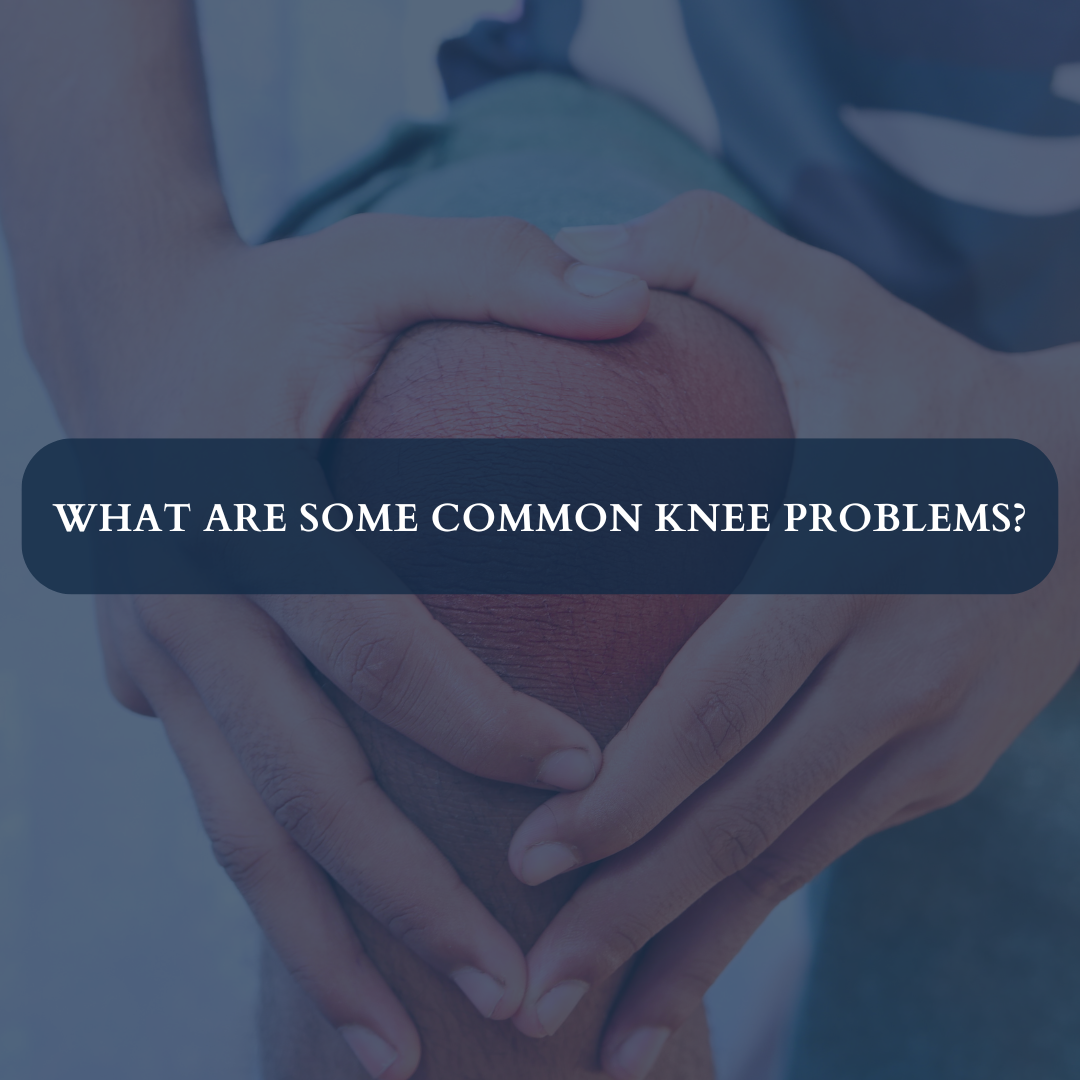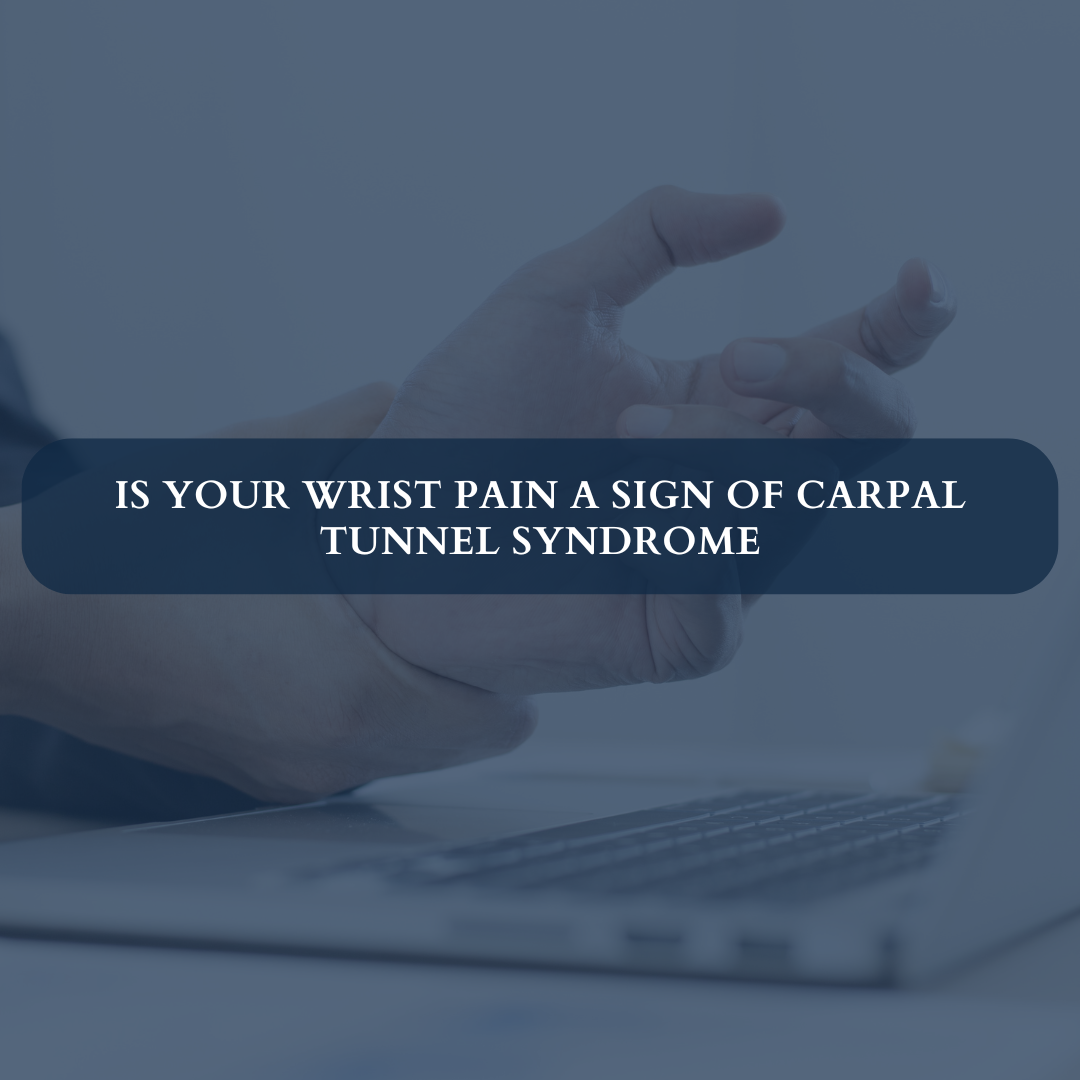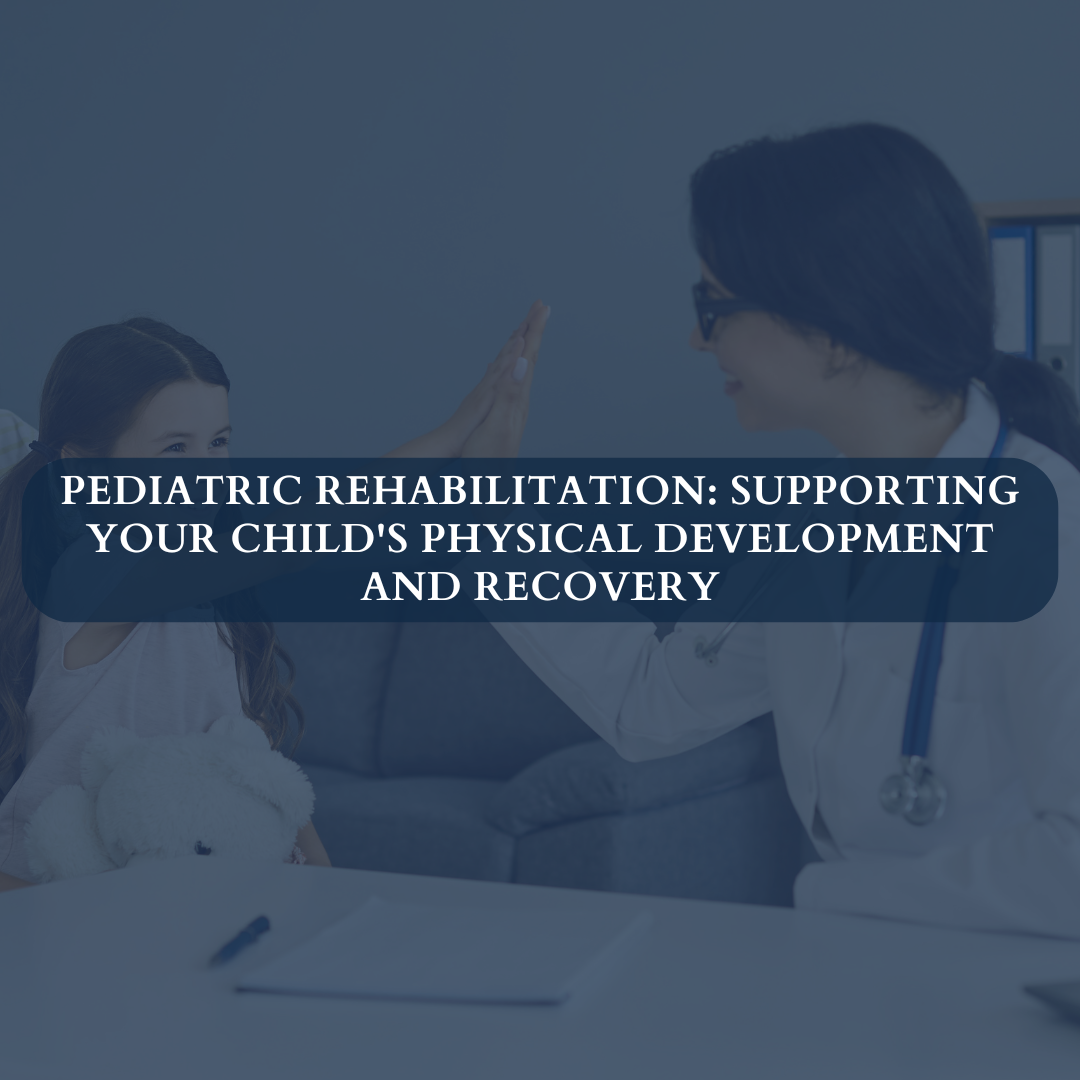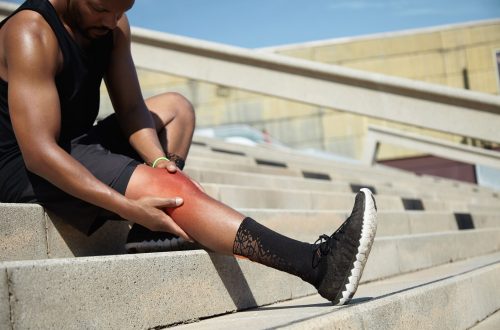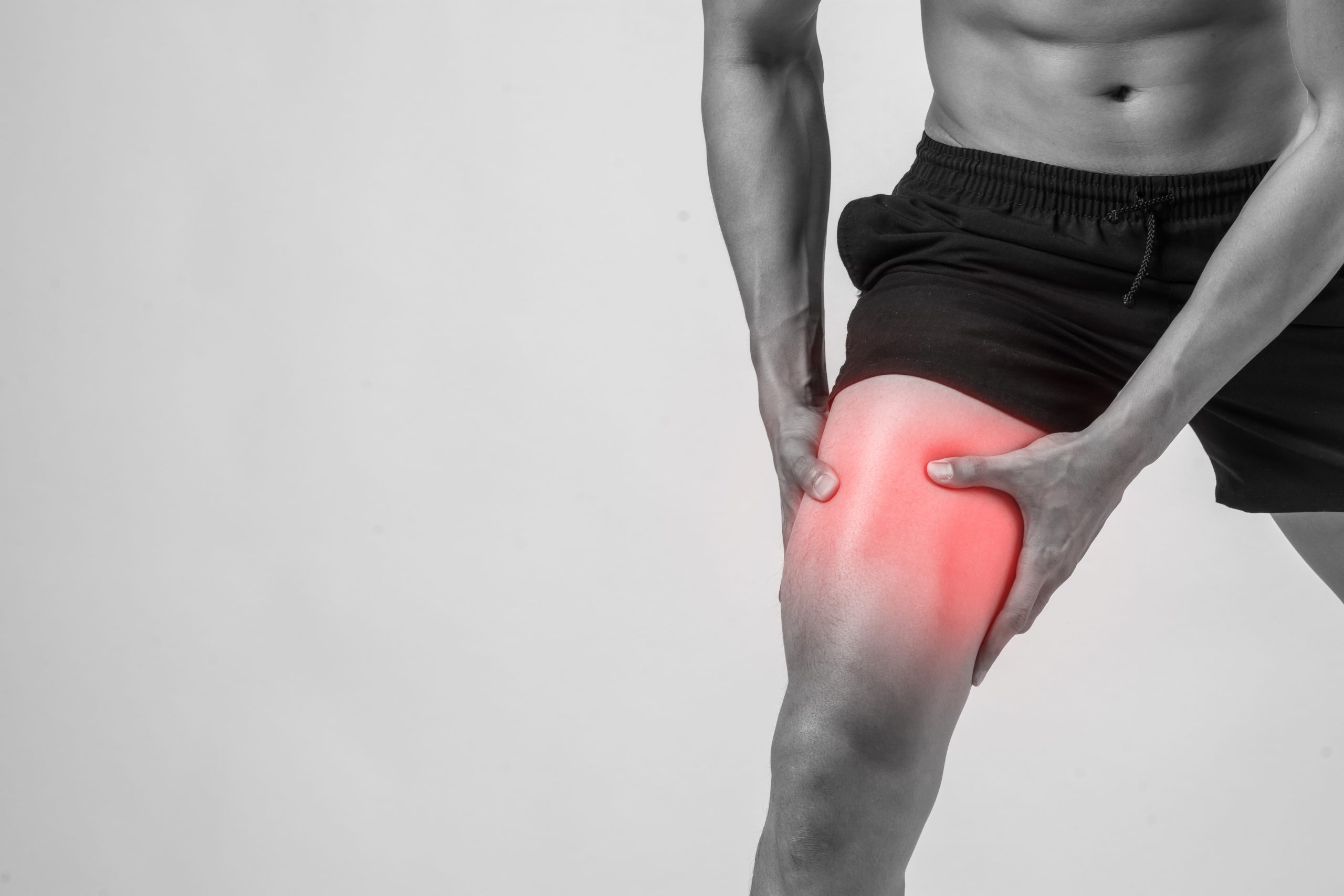Knee pain problems are among the most frequent complaints that lead people to visit their doctors. The knee is a complex joint that bears a heavy load and is susceptible to various injuries and conditions. Understanding common knee problems is crucial for proper diagnosis, treatment, and prevention. In this comprehensive guide, we will explore the most prevalent knee issues, their symptoms, causes, and treatment options.
Anatomy of the Knee
The knee joint is one of the largest and most complex joints in the body. It connects the thigh bone (femur) to the shin bone (tibia). The knee also includes the smaller bone that runs alongside the tibia (fibula) and the kneecap (patella). Several structures within the knee work together to ensure smooth movement and stability. These include:
- Cartilage: The knee contains two types of cartilage: the meniscus, which acts as a shock absorber between the bones, and the articular cartilage, which covers the ends of the bones and allows them to glide smoothly.
- Ligaments: Four main ligaments stabilize the knee joint: the anterior cruciate ligament (ACL), posterior cruciate ligament (PCL), medial collateral ligament (MCL), and lateral collateral ligament (LCL).
- Tendons: Tendons connect muscles to bones, with the quadriceps tendon connecting the quadriceps muscles to the patella and the patellar tendon connecting the patella to the tibia.
Common Knee Problems
1. Osteoarthritis
Osteoarthritis is the most common form of arthritis and a leading cause of knee pain. It occurs when the protective cartilage that cushions the ends of the bones wears down over time. This condition typically affects older adults but can also occur in younger individuals due to joint injuries or repetitive stress.
Symptoms:
- Gradual onset of knee pain
- Stiffness, especially in the morning or after periods of inactivity
- Swelling and tenderness
- Decreased range of motion
- A grating sensation during movement
Causes:
- Aging
- Previous knee injuries
- Repetitive stress on the knee
- Obesity
- Genetic predisposition
Treatment:
- Pain relievers and anti-inflammatory medications
- Physical therapy to strengthen muscles around the knee
- Weight management to reduce stress on the knee
- Corticosteroid injections
- In severe cases, surgical options such as knee replacement
2. Rheumatoid Arthritis
Rheumatoid arthritis (RA) is an autoimmune disease that can affect the knee. Unlike osteoarthritis, RA causes the body’s immune system to attack its own tissues, leading to inflammation of the joint lining.
Symptoms:
- Warm, swollen, and tender knees
- Persistent pain and stiffness, particularly in the morning or after inactivity
- Fatigue and general feeling of being unwell
- Symmetrical symptoms, affecting both knees
Causes:
- Immune system malfunction
- Genetic factors
- Environmental triggers
Treatment:
- Disease-modifying antirheumatic drugs (DMARDs)
- Biologic response modifiers
- Nonsteroidal anti-inflammatory drugs (NSAIDs)
- Physical therapy
- Surgical intervention in advanced cases
3. Meniscus Tears
The meniscus is a C-shaped piece of cartilage that acts as a cushion between the femur and tibia. Meniscus tears are common knee injuries, especially among athletes. These tears can result from a sudden twist or turn, often during sports activities.
Symptoms:
- Pain, particularly when twisting or rotating the knee
- Swelling and stiffness
- Difficulty straightening the knee fully
- A popping sensation during the injury
Causes:
- Sudden twisting or pivoting movements
- Direct impact on the knee
- Age-related degeneration
Treatment:
- Rest, ice, compression, and elevation (RICE)
- Physical therapy to improve strength and stability
- Nonsteroidal anti-inflammatory drugs (NSAIDs)
- Arthroscopic surgery to repair or remove the damaged meniscus
4. Anterior Cruciate Ligament (ACL) Injuries
The anterior cruciate ligament (ACL) is one of the key ligaments that help stabilize the knee joint. ACL injuries are common in sports that involve sudden stops, jumps, and changes in direction, such as soccer and basketball.
Symptoms:
- A loud “pop” sound during the injury
- Severe pain and inability to continue activity
- Rapid swelling
- Instability and “giving way” of the knee
Causes:
- Sudden deceleration and pivoting
- Direct blow to the knee
- Landing awkwardly from a jump
Treatment:
- Rest and ice to reduce swelling
- Physical therapy to restore strength and function
- Knee brace to stabilize the joint
- Surgical reconstruction for severe cases
5. Patellar Tendinitis
Patellar tendinitis, also known as jumper’s knee, is an overuse injury affecting the tendon that connects the kneecap (patella) to the shinbone. It is common in athletes who frequently jump or engage in activities that place a lot of stress on the knees.
Symptoms:
- Pain at the base of the kneecap
- Swelling and tenderness
- Pain during physical activity, especially jumping or running
- Stiffness after activity or prolonged periods of sitting
Causes:
- Overuse from repetitive jumping or running
- Sudden increase in physical activity
- Tight leg muscles
- Misalignment of the lower limb
Treatment:
- Rest and avoidance of activities that exacerbate the pain
- Ice and anti-inflammatory medications
- Physical therapy focusing on stretching and strengthening exercises
- Eccentric training (controlled lowering of the knee)
- In severe cases, surgical intervention
6. Bursitis
Bursitis of the knee occurs when the small fluid-filled sacs (bursae) that cushion the knee joint become inflamed. This condition can be caused by repetitive kneeling, overuse, or a direct blow to the knee.
Symptoms:
- Pain and swelling on the front of the knee
- Tenderness and warmth
- Limited movement due to pain
- Swelling that worsens with activity
Causes:
- Prolonged kneeling
- Direct trauma to the knee
- Overuse from repetitive activities
- Infection
Treatment:
- Rest and avoidance of activities that trigger symptoms
- Ice to reduce swelling
- Anti-inflammatory medications
- Physical therapy to strengthen surrounding muscles
- Aspiration to remove excess fluid
- Antibiotics if an infection is present
7. Iliotibial Band Syndrome
Iliotibial band syndrome (ITBS) is an overuse injury that commonly affects runners and cyclists. The iliotibial band is a thick band of tissue that runs from the hip to the shin, and ITBS occurs when this band becomes tight or inflamed.
Symptoms:
- Pain on the outside of the knee
- Tightness in the hip or thigh
- Pain that worsens with activity, especially running downhill or cycling
Causes:
- Overuse from repetitive knee bending
- Running on uneven surfaces
- Inadequate stretching or warm-up
- Weak hip muscles
Treatment:
- Rest and reduction of activity
- Ice and anti-inflammatory medications
- Physical therapy focusing on stretching and strengthening exercises
- Foam rolling to release tension in the iliotibial band
- Proper warm-up and stretching routines before activity
Preventing Knee Problems
Preventing knee problems involves maintaining healthy habits and being mindful of activities that can cause knee injuries. Here are some tips to help protect your knees:
- Maintain a healthy weight: Excess weight puts additional stress on your knees, increasing the risk of osteoarthritis and other knee problems.
- Stay active: Regular exercise helps keep the muscles around your knees strong and flexible. Focus on low-impact activities like swimming, cycling, and walking.
- Warm up before exercise: Proper warm-up and stretching can help prevent injuries by preparing your muscles and joints for activity.
- Wear appropriate footwear: Shoes that provide good support and cushioning can help reduce the impact on your knees.
- Strengthen your leg muscles: Exercises that target the quadriceps, hamstrings, and calves can help stabilize and support your knees.
- Avoid overuse: Listen to your body and avoid pushing through pain. Allow adequate rest and recovery time between intense activities.
By understanding common knee problems and taking steps to prevent them, you can maintain healthy and pain-free knees for years to come.
Ready to explore your options for chiropractic and physiotherapy? Contact SwastyaPhysio today to schedule a consultation and discover the best path to your wellness journey. We’re here to support your health every step of the way.
Banaswadi | HBR layout | Kalyan Nagar | Kammanahalli | Horamavu | Hennur

